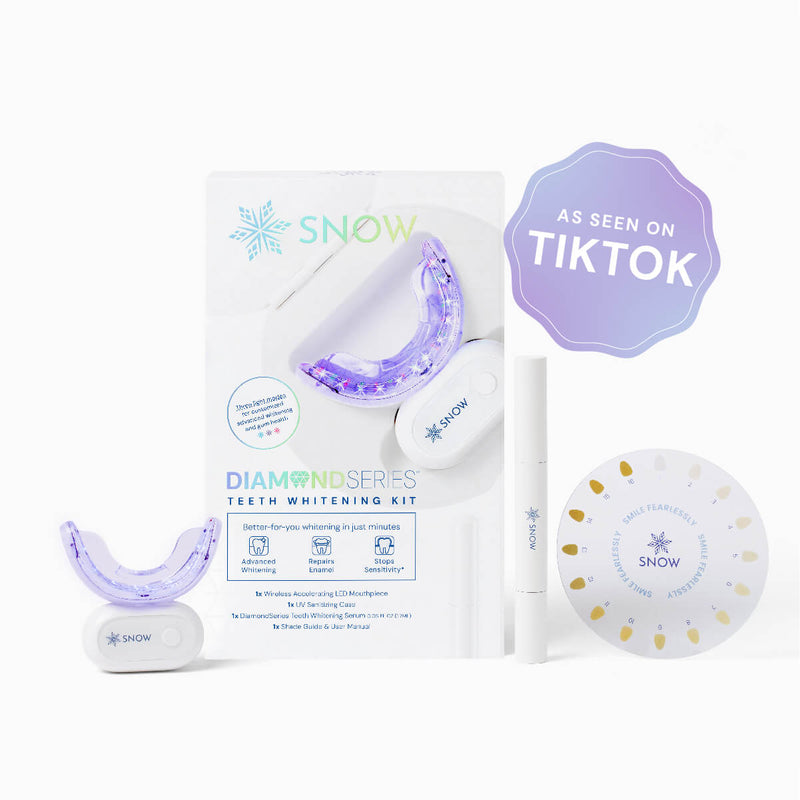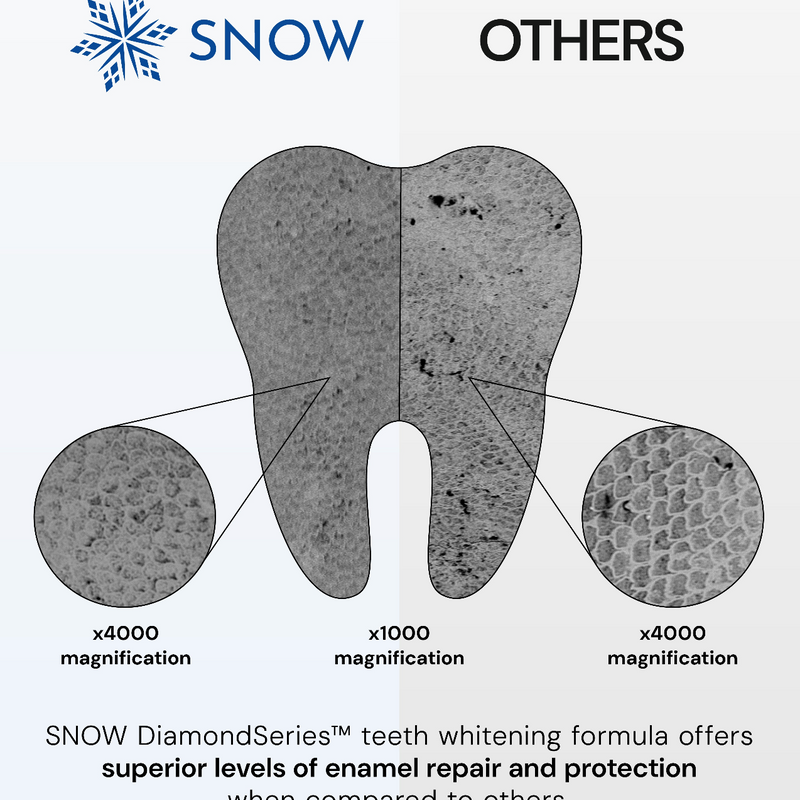When you have to have a tooth extracted, it can be frightening and nerve-racking. However, tooth extractions are relatively standard dental procedures. This post will go through the tooth extraction process and everything you need to know.
The surgical tooth removal process is when a tooth is pulled from its socket in the bone. It's also commonly referred to as a tooth extraction. When you have to have a tooth extracted, it can cause dental anxiety. But did you know that tooth extraction is a standard dental procedure? Let us all tackle our fears together.
Read through this comprehensive guide on tooth extraction to help you prepare for your upcoming dental treatment.
Common Reasons for Tooth Extractions
Permanent teeth are supposed to last a lifetime, but tooth extractions may be necessary for various reasons. A typical cause is tooth trauma or severe tooth decay that cannot be restored, which can then threaten your oral health. Cavities are one of the first signs of tooth decay.
Overcrowding
Dentists may need to extract teeth to prepare the mouth for orthodontic treatments. The purpose of orthodontics is to align the teeth appropriately, which may be impossible if your natural teeth are too big for the size of your jaw. A crowded mouth can make it difficult to repair teeth, place dental implants, and may cause impacted teeth. In addition, your dentist may suggest pulling a tooth if that tooth cannot break through the gums.
Infection
Untreated tooth decay or damage often reaches the pulp (the tooth's core containing nerves and blood arteries). When that happens, harmful bacteria from your mouth can enter and cause an infection, which may be treatable with root canal treatment. Still, antibiotics or a root canal can be ineffective if the infection is severe. In that case, extraction may be required to prevent infection spread.
Weak immune system
Suppose your immune system is impaired due to another medical condition (for example, undergoing chemotherapy or an organ transplant). In that case, even the slight risk of infection in a specific tooth may be reason enough to perform tooth extractions ahead of time for optimal oral health.
Periodontal disease (gum disease)
If periodontal disease has caused teeth to become loose or has caused other problems, you may need to have the teeth or tooth pulled.
Preparation
Your dentist will thoroughly analyze your medical and dental history and take all necessary X-rays before oral surgery. X-rays will show the tooth's length, shape, location, and surrounding jaw bone. Based on this information, your dentist can decide whether to extract the tooth or refer you to an oral surgeon.
They will then use anesthesia to numb the area around your tooth before they remove it. During a more complex surgical extraction procedure, your oral surgeon may use IV anesthesia, ranging from conscious sedation to general anesthetic, which will put you to sleep. If this happens, have someone drive you home after the surgery and accompany you until the symptoms wear off.
Preparation for the extraction site
You may have one of two types of extractions:
A simple extraction removes a tooth that is visible in your mouth. A general dentist commonly performs a simple extraction. With a simple extraction, your dentist will numb the tooth and gum area before loosening it, so you don't feel pain while extracting it with dental forceps.
A surgical extraction is a more involved technique to remove a tooth that has broken off at or even below the gum line or has not yet entered the mouth. Oral surgeons routinely perform surgical extractions, but regular dentists can also conduct them. The doctor will make a tiny incision into your gum to remove the problematic tooth during a surgical extraction.
Aftercare
The following are some of the best practices to relieve pain and aid recovery after tooth extraction to avoid infection:
Dental gauze replacement
After tooth extraction, the dentist or surgeon will apply a generous layer of gauze to the area to limit bleeding and ensure the clot forms properly. Bite down on this gauze with firm, steady pressure to reduce bleeding and promote healing.
You should leave the gauze on for at least 20 to 30 minutes. When the gauze becomes saturated with blood, change it to a fresh piece. The bleeding will most likely last 1-2 days following the procedure.
Severe pain management
The numbing caused by the anesthetic should only last for a few hours after the extraction. If this numbness persists, see your oral surgeon immediately.
The dentist may prescribe medicine to relieve discomfort and inflammation after the treatment. Over-the-counter drugs like acetaminophen or ibuprofen are usually sufficient to manage pain following a regular extraction.
Swelling and blood clot management
People may experience moderate face edema or swollen gums in the extraction region. An ice pack applied to the face may help reduce swelling and dental pain. Keeping the extraction site as clean as possible is critical, especially in the first 24 hours following an extraction. In addition, disturbing or aggravating the region might inhibit the formation of blood clots and impede the healing process.
As a result, people should avoid:
- Sucking on the extraction location
- Rubbing the tongue on the extraction site
- Using a straw
- Spitting
- Consuming solid — particularly crunchy — foods
- Gently rinse, rather than forcefully rinsing the mouth
- Consuming alcoholic drinks or using alcohol-containing mouthwash
- Smoking, which can cause dry tooth socket
Taking precautions when eating certain foods
Drink plenty of liquids and eat soft foods after tooth extraction. Avoid hard and crunchy foods for several days after the extraction. Additionally, you will want to avoid hot drinks, but most cold liquids can be beneficial.
When chewing becomes easier and painless, this is the time to reintroduce solid foods slowly. The dentist will generally advise you to chew on the side opposite the extraction location until the wound has healed completely.
Flossing and brushing
Brush and floss normally following a tooth extraction, but take care not to disrupt the blood clotting.
Starting the day following surgery, patients can rinse with warm salt water every several hours. Add half a teaspoon of salt to 1 cup of water to make this rinse properly.
What are the dangers of having a tooth extraction?
There are certain dangers associated with tooth extraction; however, if your dentist advises the operation, the benefits will most likely outweigh the little risks.
Typically, a blood clot develops in the socket — the hole in the bone where the tooth was pulled — after tooth extraction. However, if the blood clot does not form or dislodges, the bone inside the socket may become exposed, a condition known as a "dry socket." If this occurs, the dentist will cover the affected region with a new dressing for a few days to protect it. A new clot will develop during this period.
Other dangers include:
- Pain that is more than 12 hours long
- High temperature and chills, which could indicate infection
- Vomiting or nausea
- Cough
- Shortness of breath and chest discomfort
- Swelling and inflammation at the surgery site, especially if it develops more than 24 hours after the extraction.
Don't hesitate to contact your dentist if you encounter any of these symptoms.
When should you visit the dentist?
It is common to have some discomfort once the anesthetic wears off. You can also expect some swelling and leftover bleeding for the first 24 hours after having a tooth extracted. However, if the bleeding or discomfort persists longer than four hours after your tooth is removed, you should see your dentist. You should also contact your dentist if you have any of the following symptoms:
- Infection symptoms such as fever and chills
- Vomiting or nausea
- Affected region redness, edema, or excessive discharge
- Coughing, shortness of breath, chest discomfort, or extreme nausea or vomiting are all symptoms of a severe illness
The initial healing period typically lasts one to two weeks, and the gap will fill with new bone and gum tissue. However, losing a tooth (or teeth) might cause the remaining teeth to move over time, altering your bite and making it harder to eat. As a result, your dentist may recommend that you replace the lost tooth or teeth with an implant, fixed bridge, or denture for a healthy smile.
Costs of oral and maxillofacial surgery tooth extraction
The cost of a tooth extraction varies based on several factors, including:
- Where the patient lives
- The extraction method
- How difficult the extraction is
- Who does the operation, since expert oral surgeons, for example, frequently charge more than regular dentists
- Dental insurance plan or lack of coverage
A basic or routine extraction costs between $130 and $250. A surgical extraction, including the excision of gum tissue or bone, will cost between $250- 370 dollars.
The cost of removing third molars, or wisdom teeth, is also determined by the procedure's difficulty, such as whether the tooth is fully visible, partially hidden by gum or bone, or entirely impacted. For this surgery, general dentists often charge between $300 and $500.
Additional sedation, such as nitrous gas, will raise the price, but a local anesthetic is included in the extraction fee.
Furthermore, the extraction charge does not cover the cost of any initial examination or X-rays necessary to determine whether the tooth has to be extracted.
An average checkup costs around $75, and an X-ray costs about $30. A panoramic X-ray of the whole mouth, including all wisdom teeth, costs roughly $120.
It is essential to schedule an appointment with a dentist or oral surgeon ahead of time to go through all of the costs of the surgery.
FAQ
Who performs dental extractions?
Dental extractions are often performed by a general dentist or an oral surgeon.
Will my dental insurance pay for the extraction?
Depending on the cause of your procedure, either your dental or medical insurance, or both, may cover your tooth extraction. You can contact your insurance company to discuss your insurance benefits.
Can I be put to sleep during a dental extraction?
Since dental extraction is a surgical process, you can have the tooth extracted while you're sedated. Sedation makes the procedure less unpleasant, reduces anxiety, and may improve treatment effectiveness.
Can I smoke after having my teeth extracted?
Smoking is not a good idea after tooth extraction. It can greatly slow down the healing process and increase discomfort after surgery. Avoid smoking for as long as possible following a tooth extraction, and stop smoking 48 hours before the extraction.
Summary
You'll first first visit the dentist or oral surgeon to discuss the procedure before hand. During this session, the doctor will collect a complete medical history. They will inquire about previous and continuing health conditions and treatments to verify the proper safety precautions. You should ask questions about cost and express any concerns regarding the sedation process.
The dentist or oral surgeon will numb the region with a local anesthetic before removing the tooth. This procedure isn't very painful though there may be some discomfort.
Finally, it is critical to let yourself heal properly. Do not irritate the extraction site in any way.



























